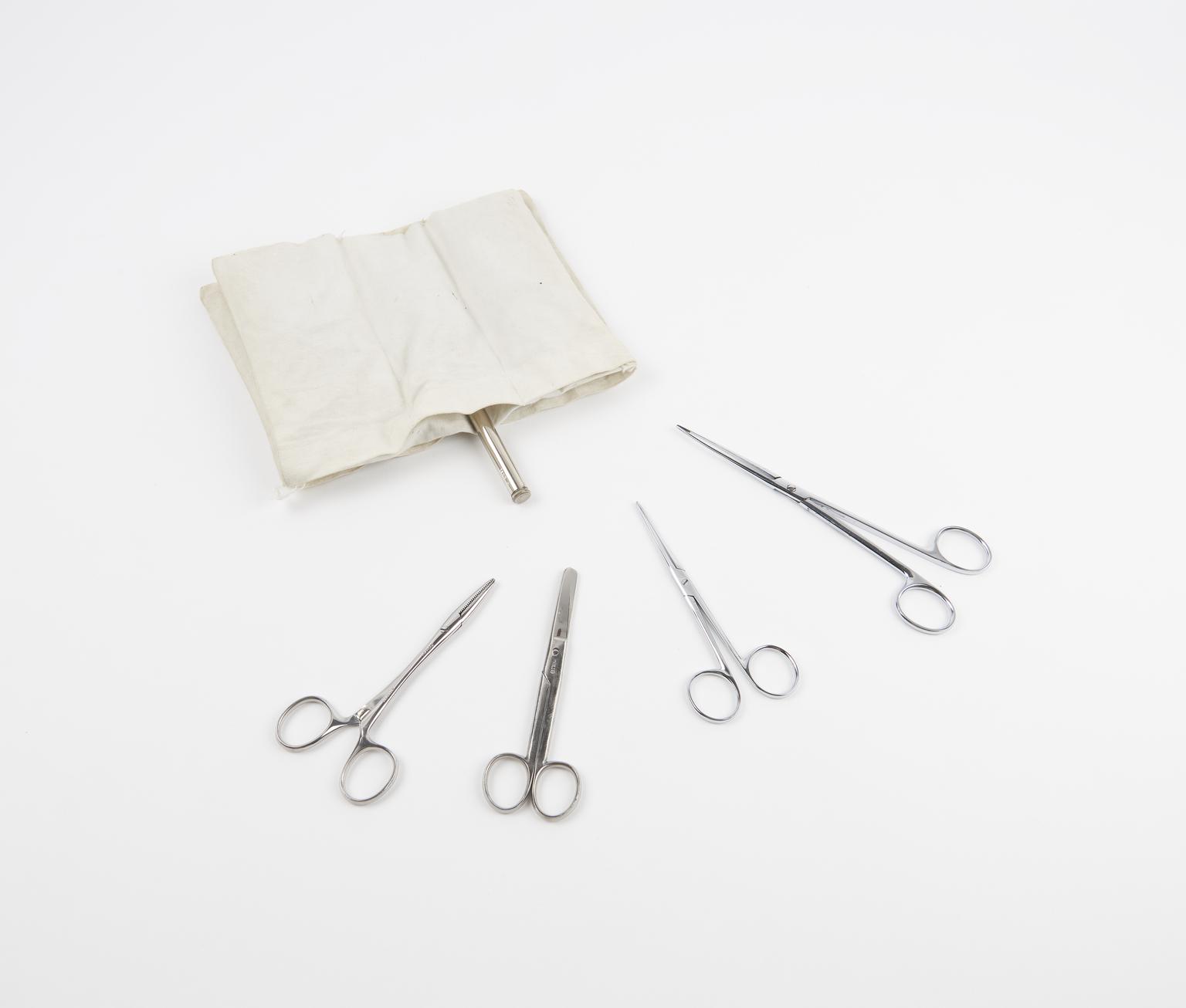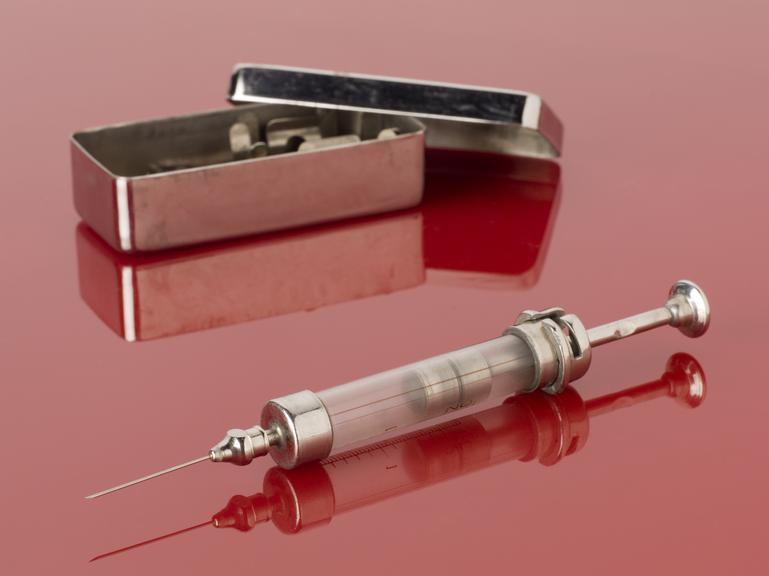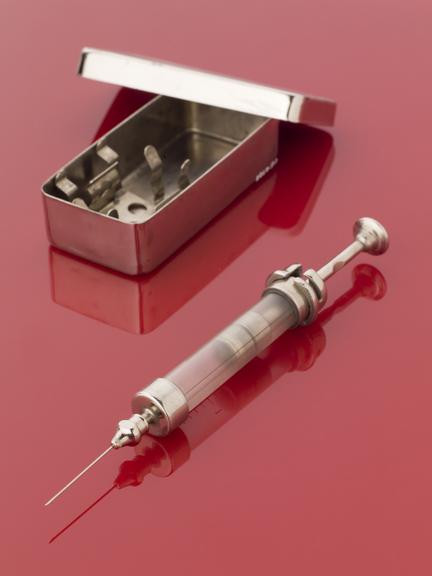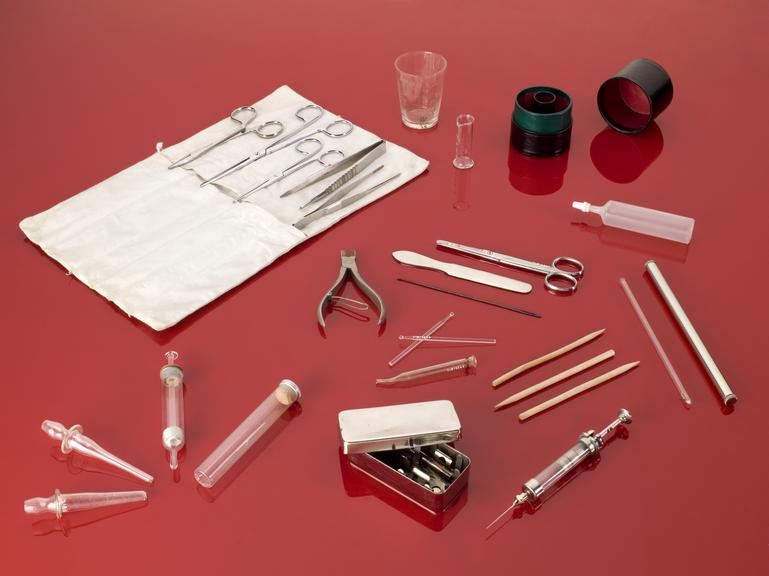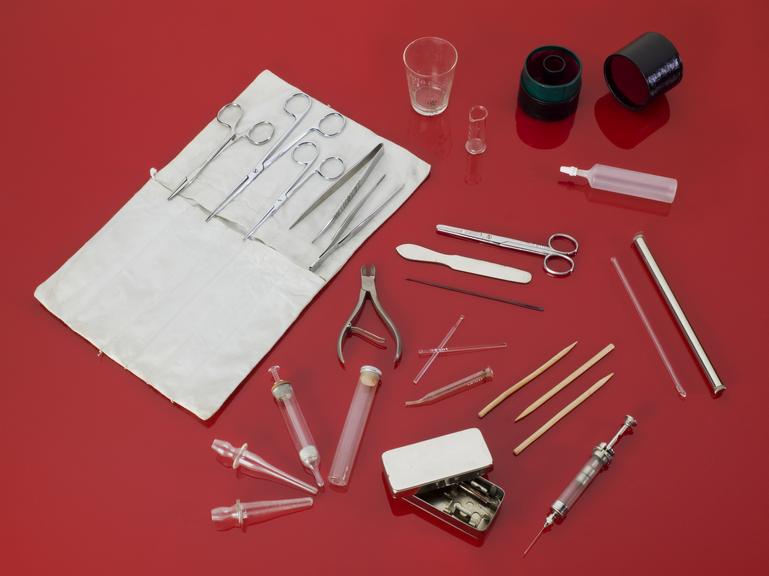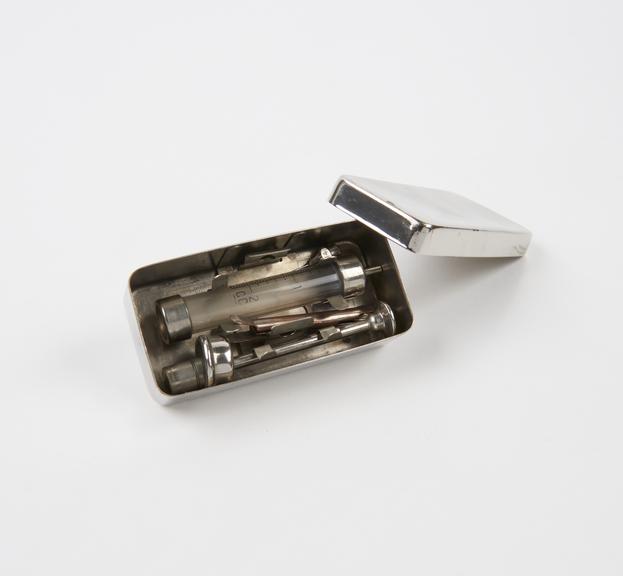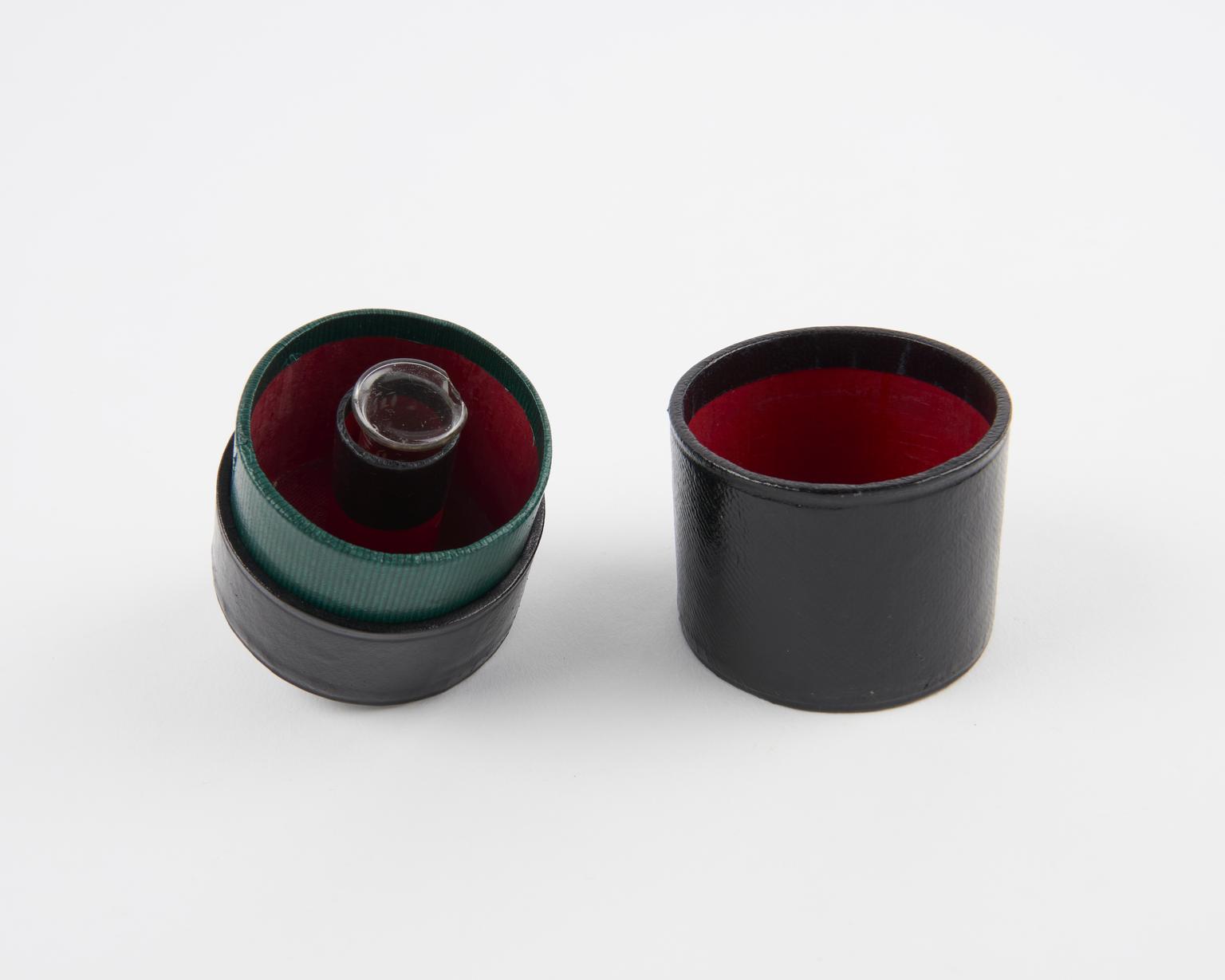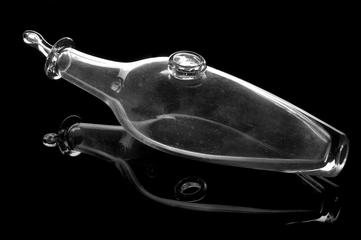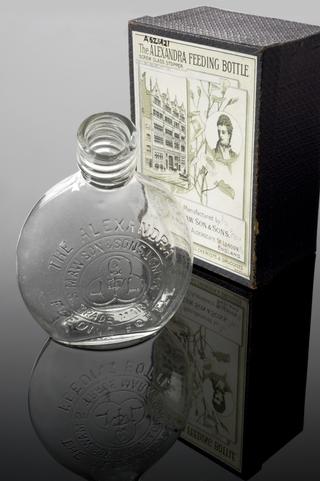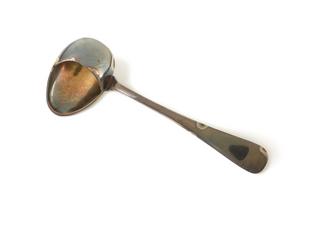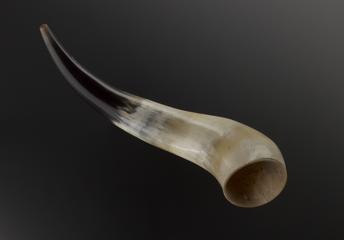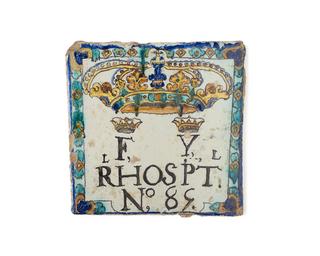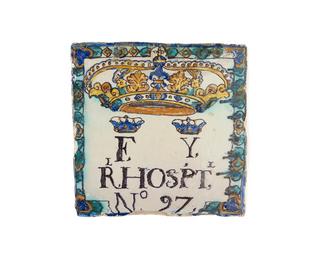District Nurse's Kit, 1930-70
How many of these instruments do you recognise? How many have you used? A lot are familiar because they resemble the scissors, tweezers and bottles we have at home for looking after our face, feet and hands. The ones pictured here are some of the most essential tools for patient care.
A nurse owned this kit, and used it when visiting patient’s homes. It contains syringes, pipettes, a measuring cylinder, and some empty bottles – what do you think would have been inside? Antiseptic is most likely, and medicines were carried too. The instruments are made of stainless steel so that they’re hard wearing and easy to clean.
Bronze medical instruments have survived from Greek and Roman times, evidence that they’ve been used in the practice of medicine for a very long time. Scissors, tweezers and forceps (an instrument for holding or gripping things) have been essential items for any travelling practitioner in the centuries since. Barber-surgeons would have added some sharp shaving-blades and bottles of perfumed oil. What would midwives have added? Delivery forceps were often needed to ease the baby out.
All these instruments, bottles and tins were carried in a case. Some were simple, like the fabric pouch shown here, but others were grander, like the general practitioner’s fine leather bag. But it was the contents that really mattered, and a skilled practitioner to use them successfully.
